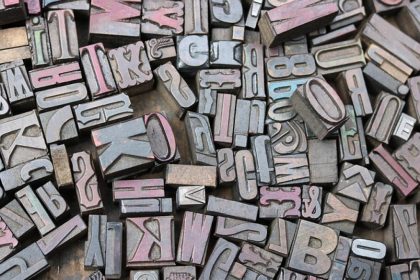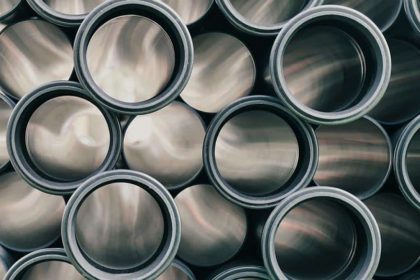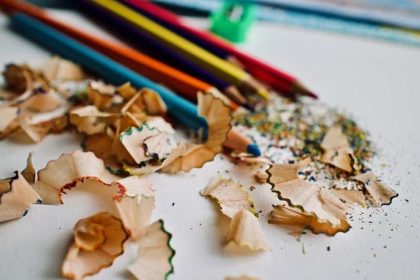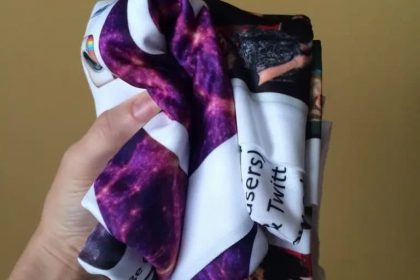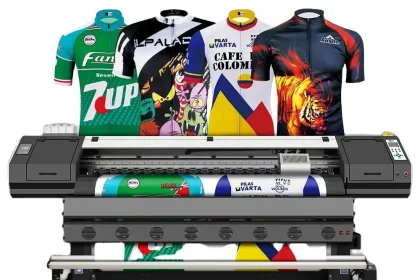Ever held a piece of art and felt the subtle, yet striking texture beneath your fingertips? That’s the magic of textured fine art printing. It breathes life into your prints, making them not just seen, but also felt.
Imagine a landscape photograph where the ridges of mountains and the softness of clouds come alive under your touch. Or a portrait that reveals every brushstroke, impressing both the eyes and hands.
Textured printing isn’t just about looks—it’s about creating a multi-sensory experience. The next time you think about printing, remember that adding texture can transform a beautiful image into an unforgettable masterpiece.
Ready to dive into the world of textured fine art printing? Let’s explore how this technique can elevate your art to the next level.
How Textured Fine Art Printing Enhances Your Prints
Textured fine art printing brings depth and dimension to your prints that smooth surfaces simply can’t match. This added texture can mimic the tactile feel of traditional painting mediums like watercolor paper or canvas, making the artwork more authentic and captivating.
Bringing the Details to Life
When you choose textured printing, every little detail becomes more pronounced. The tiny ridges and grooves catch the light in different ways, highlighting fine lines and subtle color shifts that might otherwise go unnoticed.
Increasing Perceived Value
Textured prints often look and feel more luxurious, which can add perceived value to your work. Whether for personal enjoyment or to sell, textured prints can make a significant difference in how your art is received.
Another benefit is the protection it provides. The texture can help hide small imperfections and finger smudges, ensuring that your prints stay beautiful for longer. It also adds a level of durability, helping the artwork withstand the test of time.
In short, if you’re looking to add a layer of sophistication and tactile richness to your prints, textured fine art printing is the way to go. Ready to see your art in a whole new light? Let’s continue exploring!
Choosing the Right Texture for Your Artwork
Choosing the right texture for your artwork can make all the difference in how it’s perceived and enjoyed. Start by considering the style of your piece. If you’ve created something with fine details and delicate lines, a lighter texture might be best. This allows the intricacies of your work to shine through without overpowering them.
For bolder, more vibrant pieces, a heavier texture can add to the overall impact. Think about how your brushstrokes or digital techniques will interact with the texture. Will it enhance or detract from your intended effect?
Another factor to keep in mind is the mood you want to convey. A rough, canvas-like feel can evoke a sense of tradition and rugged authenticity, while a smoother, subtler texture might inspire a modern, polished vibe.
Experimentation is key. Don’t be afraid to try out different textures to see what aligns best with your artistic vision. Small test prints can be incredibly helpful in deciding.
Ultimately, the right texture should complement your artwork, not compete with it. Trust your instincts and let the texture bring your creation to life in the most harmonious way.
Tips for Achieving Depth and Dimension in Your Prints
Creating prints that pop off the page can make your art stand out in a sea of flat images. Here are some simple yet effective tips to achieve depth and dimension in your prints.
First, consider the lighting in your artwork. Shadows and highlights are your best friends when trying to create a three-dimensional effect. Experiment with different lighting angles to see how they bring out volume and form.
Play with Perspective
Incorporate perspective in your compositions. Elements that are closer to the viewer should be larger, while those further away should be smaller. This trick helps create a sense of space within your artwork.
Layering is another powerful technique. Use overlapping elements to give the illusion that some parts of your piece are closer than others. This can be as simple as positioning a foreground object over a background one.
Use Textures Wisely
We touched on textures earlier, but using them effectively can also add depth to your prints. Textures can suggest surface variations that mimic real-world objects, adding to the dimensional feel of your piece.
Color gradients can do wonders. Gradually blending colors from dark to light can create the impression of curvature and depth. Try incorporating gradient fills in your digital work or smooth blending in traditional media.
Lastly, don’t underestimate the impact of a good quality print. High-resolution prints with well-defined details can elevate the sense of depth in your final piece. Splurging a bit on quality printing can really pay off.
By combining these tips, you can turn a simple sketch into a vibrant, dimensional masterpiece that draws viewers in and keeps them captivated.
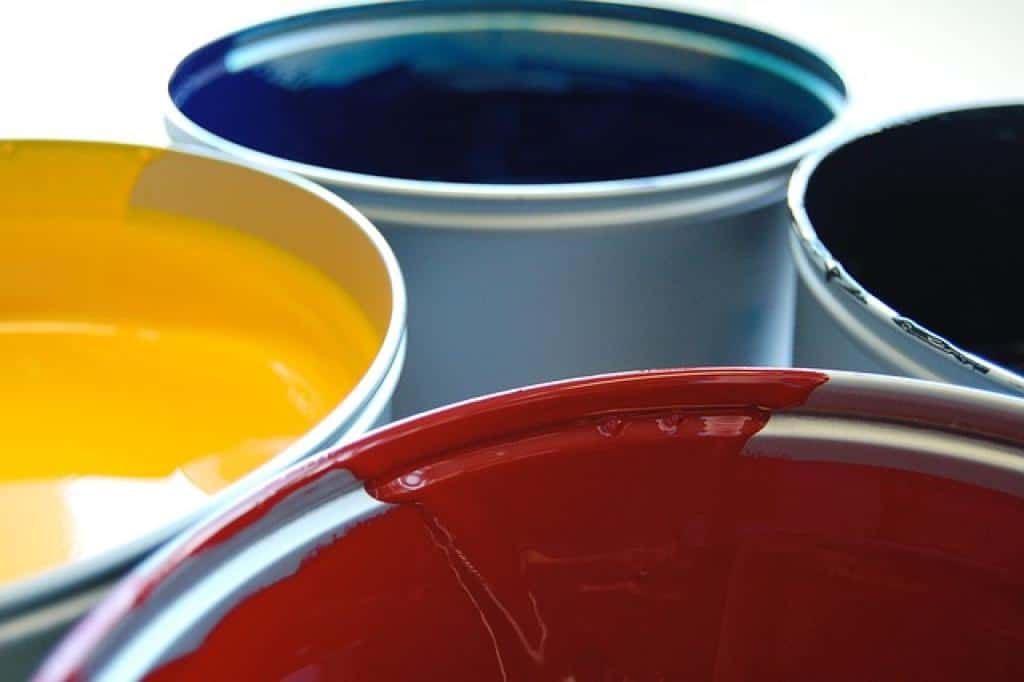
Creating a Tactile Experience for Art Collectors
When it comes to wooing art collectors, a tactile experience can set your work apart from the rest. While visual appeal is important, the feel of your artwork can make a memorable impression.
Start by choosing quality paper or canvas that enhances the tactile feel of your prints. Different textures can evoke different emotions and add another layer of richness to your artwork. Think about the sensation you want to convey and select your materials accordingly.
Another way to add tactile intrigue is by incorporating various finishes. Glossy, matte, or even metallic touches can change how your artwork feels to the touch and how it interacts with light. Experimenting with these can add a whole new dimension to your prints.
Consider the framing and presentation as well. Hands-on elements like textured mats or unique frames can enhance the tactile experience. A well-thought-out frame can make your artwork inviting to touch and examine closely.
Using mixed media can also engage the sense of touch. Incorporating elements like fabric, threads, or even small objects can create a multi-sensory artwork that collectors will love to explore.
Remember, people often connect more deeply with art they can touch and feel. By focusing on these tactile aspects, you can create a more immersive and memorable experience for your collectors.
Maintaining the Integrity of Your Art with Textured Printing
Textured printing can elevate your artwork, but it’s crucial to maintain its integrity throughout the process. The texture should enhance, not overshadow, the original art.
Start by working closely with a trusted printer who understands the subtleties of textured printing. Clear communication about your vision will ensure the final product aligns with your expectations.
Ensure that the texture complements the details of your artwork. A well-chosen texture can add depth and dimension, but if too heavy-handed, it might obscure fine details. Careful calibration of texture intensity is key.
Choose the Right Printing Technique
Different printing techniques can yield different textural results. Research and select the method that best suits your artwork. Whether it’s embossing, debossing, or another method, it should enhance without distorting your original work.
It’s also important to test samples before committing to a full print run. This allows you to see how the texture interacts with your art and make any necessary adjustments. A little trial and error up front can save a lot of hassle later.
Lastly, consider the longevity of your textured prints. Proper care and high-quality materials will help preserve both the visual and tactile qualities of your artwork. Inform your collectors on the best ways to maintain these pieces to ensure they remain pristine for years to come.
Maintaining the integrity of your art with textured printing requires attention to detail and careful planning. When done right, it can make your work stand out while staying true to your artistic vision.
The Bottom Line: Elevate Your Prints with Textured Fine Art Printing
Incorporating texture into your fine art prints can transform your creations into something truly special. It’s not just about adding a new layer, but about enhancing the depth and emotion of your work. Textured printing brings your art to life in ways that flat prints simply can’t.
While the process may seem daunting, it’s all about finding the right balance and working with the best tools and partners. Clear communication with your printer is essential. This ensures your vision is fully realized, giving your audience the tactile experience you envision.
Equally important is choosing the right technique that aligns with the nuances of your artwork. Testing samples before a full print run can save you time and effort, ensuring the texture perfectly complements your art.
Remember, maintaining the integrity of your art is crucial. The texture should enhance, not overshadow, your original work. High-quality materials and proper care will keep your textured prints looking their best for years to come.
So, if you’re looking to add a new dimension to your prints, textured fine art printing is a fantastic option. It provides an engaging, multi-sensory experience that can captivate and enthrall your audience.
Ultimately, the goal is to elevate your prints, making them distinctive and memorable. With thoughtful planning and execution, textured printing can be the perfect way to showcase your unique artistic vision in a whole new light.


